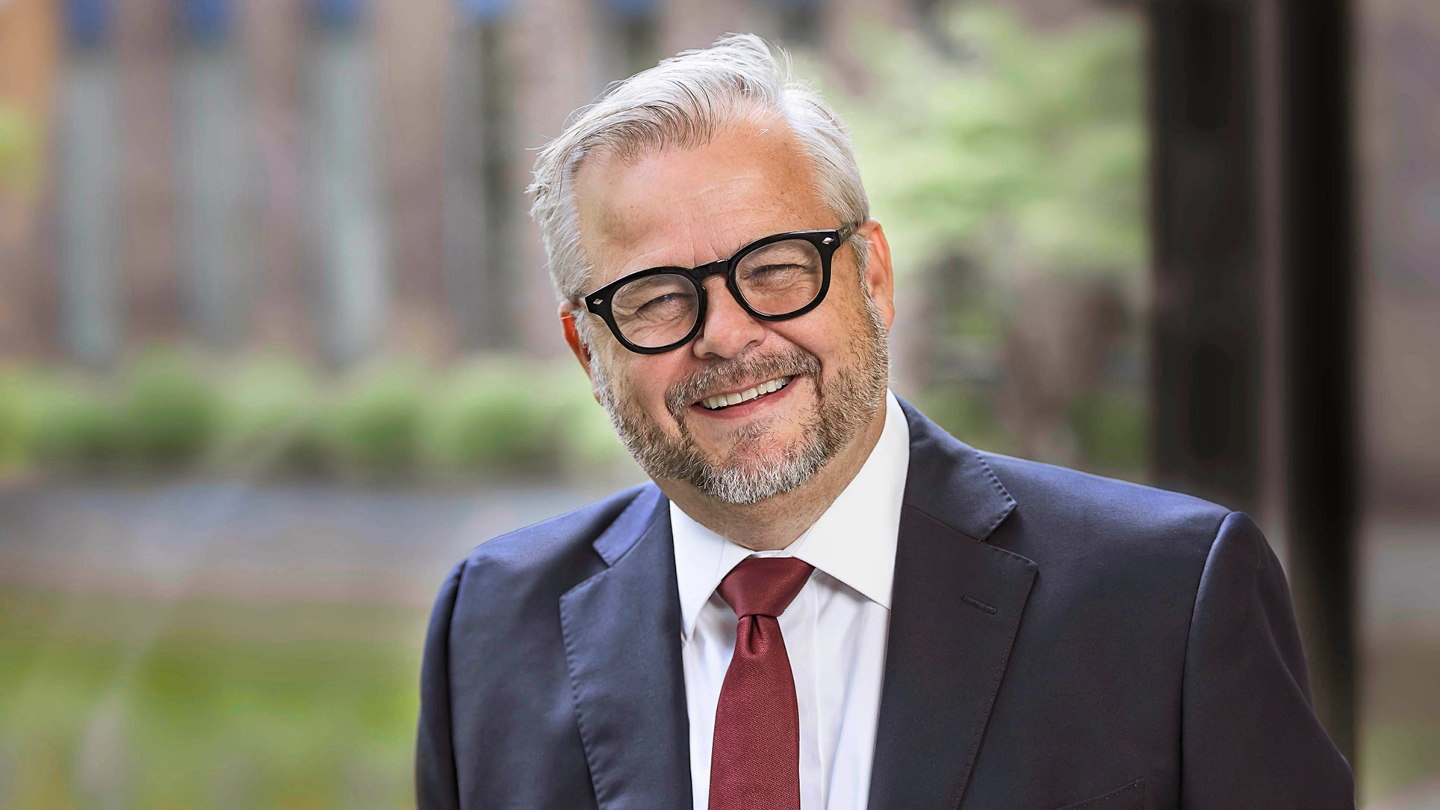If central bank bosses are the global economy’s supermen, falling growth and low inflation are their kryptonite. Put simply, the primary role of central banks is to maintain stable prices and stable growth by their actions in the financial markets – but getting the desired effect is proving elusive.
Europe, the US and Japan are awash in low and often negative interest rates as a direct result of the central banks having done all in their power to stimulate the economy; first by lowering policy rates since the financial crisis in 2008/09 and subsequently by cranking up the money supply and buying up government and corporate bonds.
Yet, since the financial crisis, it has been incredibly difficult for the central banks – especially in Europe and Japan – to get inflation up to the desired target of around 2%, which is estimated to be the most favourable for economic growth and stability.
Image: Lars Skovgaard Andersen, Investment Strategist, Danske Bank
What the toolboxes look like
Central banks have traditionally had two tools to adjust, steer and stabilise the economy, depending on whether it was overheating or running cold:
- Policy rate, which dictates which interest rate banks such as Danske Bank can borrow money from the central bank at. The lower the interest rate, the cheaper it is for banks to borrow and thus pass the money on to companies and consumers.
- Reserve requirement, which dictates how much liquid holdings the banks should have in order to weather economic storms. The lower the reserve requirement, the more money banks can send out into the economy in the form of corporate loans, housing loans, etc. which support growth.
However, since the financial crisis, the European Central Bank (ECB) and the US central bank (Fed) have expanded their toolboxes and carried out what we could call ‘market operations on steroids’ in the form of so-called quantitative easing (QE) on a scale the world has not seen before.
Logic of QE
Quantitative easing involves the central banks buying bonds from banks, which thereby get more money to dispense to companies, consumers, etc. – and the more money they have available, the less interest the banks will charge for lending. Since the end of 2008, the ECB and the Fed have together pumped out an amount equivalent to more than DKK 43,000bn into the economy, which in turn has sunk interest rates to levels previously unheard of.
The Japanese central bank has in fact the longest history with non-traditional monetary policy. Policy rates in Japan were already at zero by February 1999, and the central bank commenced QE in March 2001, buying up not only bonds, but also equities.


